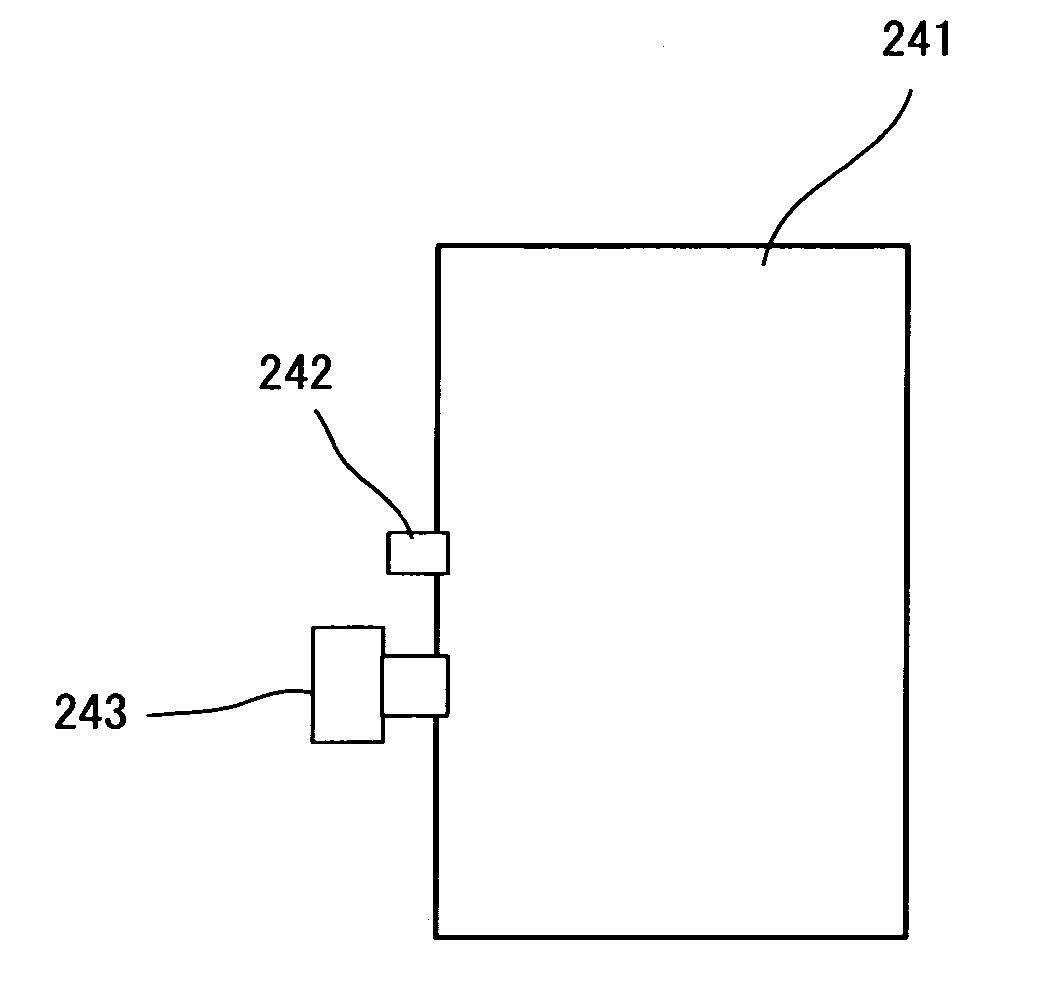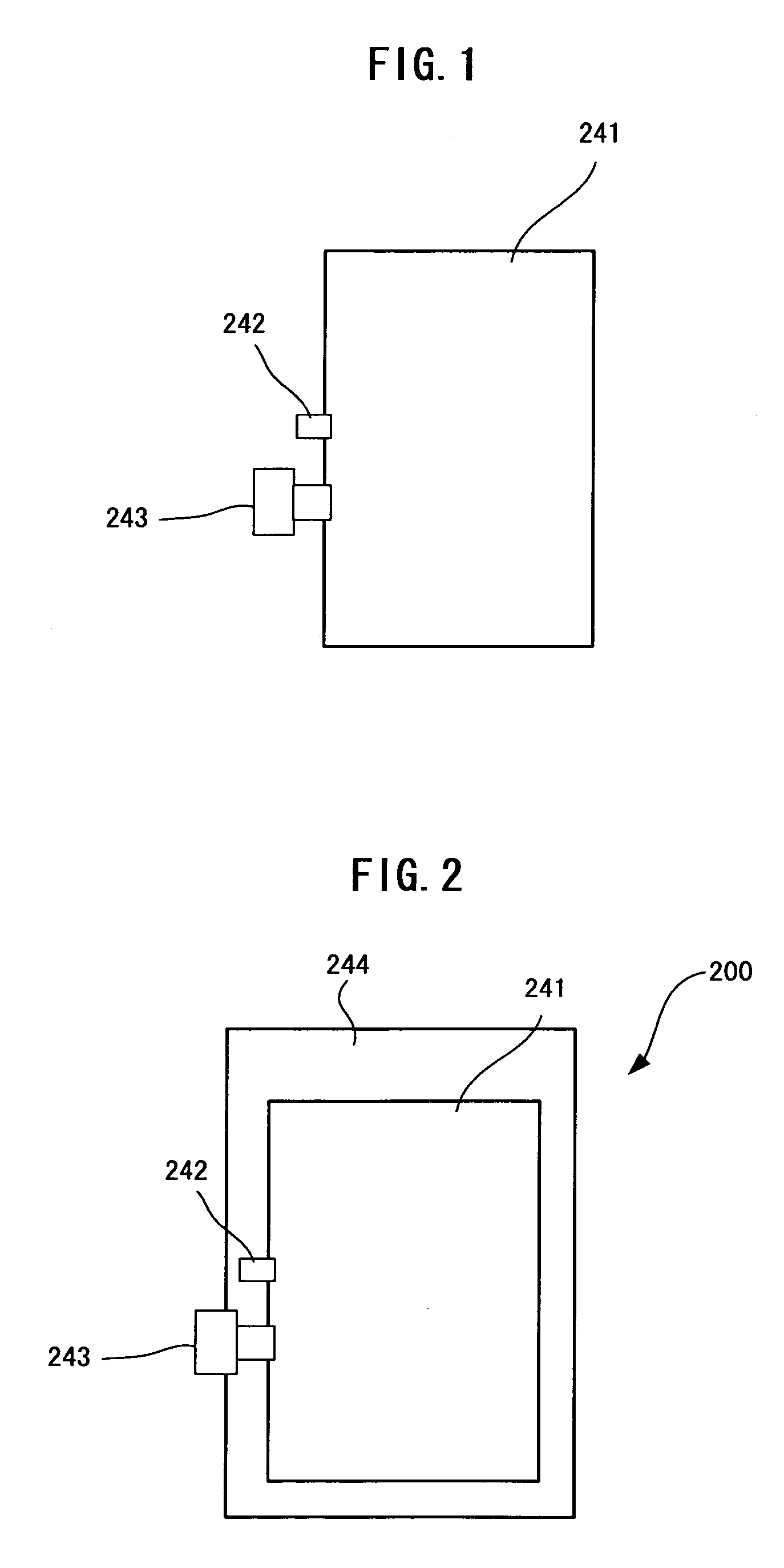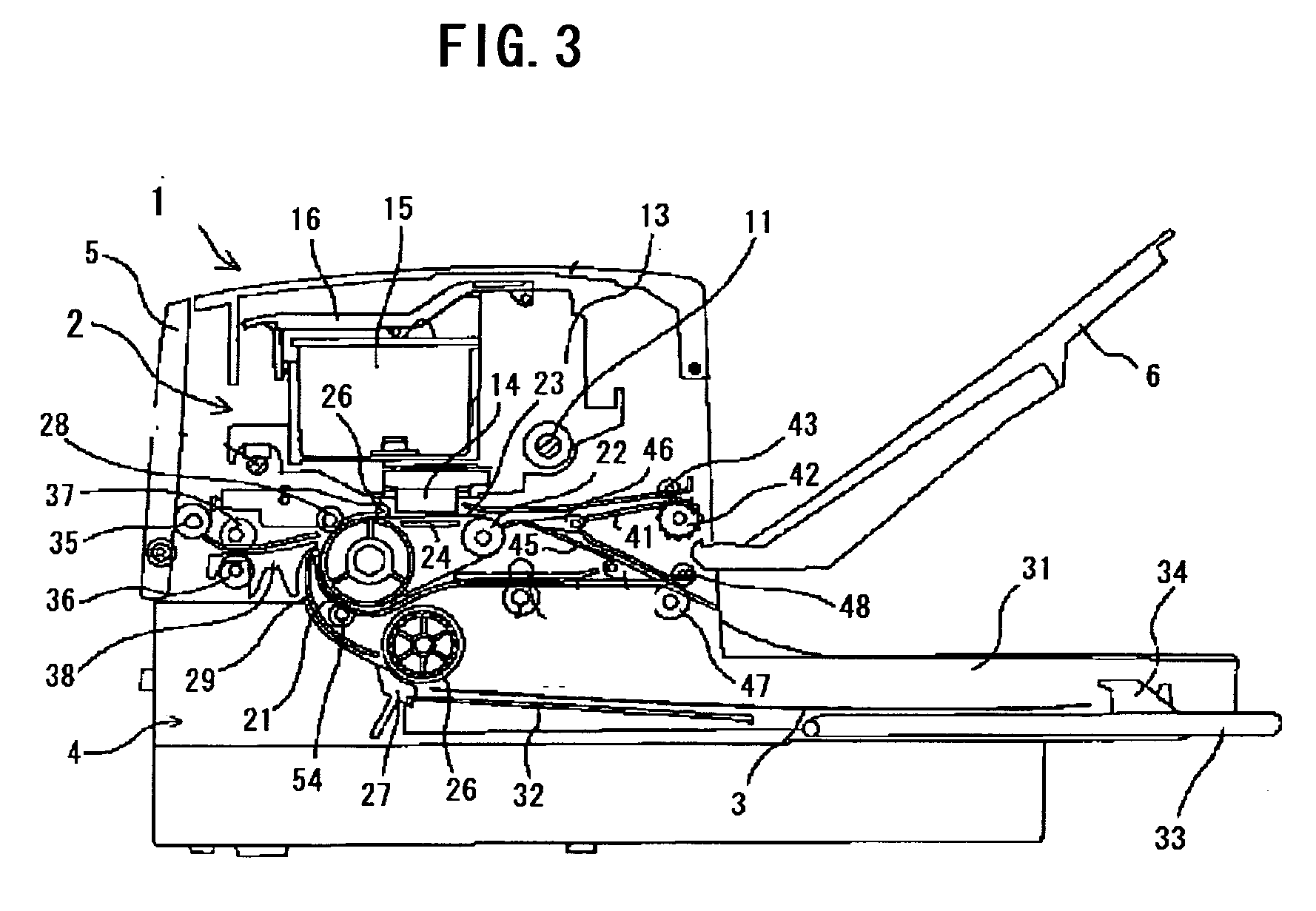Recording ink for ink-jet recording apparatus, and, ink cartridge,ink-jet recording apparatus, ink-jet recording process, and recorded matter
- Summary
- Abstract
- Description
- Claims
- Application Information
AI Technical Summary
Benefits of technology
Problems solved by technology
Method used
Image
Examples
reference example 1
—Carbon Black 1 Treated with Hypochlorous Acid—
[0148] First, 300 g of commercially available acidic carbon black of pH2.5 (MONARCH 1300, by Cabot Corporation) was mixed sufficiently with 1000 ml of water, and 450 g of sodium hypochlorite (available chlorine concentration of 12%) was dripped into the mixture, followed by stirring at 100 to 105° C. for eight hours. Then, 100 g of sodium hypochlorite (available chlorine concentration of 12%) was further added to this solution and the entire solution was dispersed by a lateral-type dispersing device for three hours. The resulting slurry was diluted with water by a factor of 10, and the pH was adjusted with lithium hydroxide, followed by desalination and concentration with an ultrafiltration membrane until an electric conductivity of 0.2 mS / cc was attained. Thus, a carbon black dispersing liquid having a pigment concentration of 15% was obtained. Large particles were removed by centrifugation, and further the carbon black dispersing liqu...
reference example 2
—Carbon Black 2 Treated with Sulfonating Agent—
[0149] First, 150 g of commercially available carbon black pigment (Printex No. 85, by Degussa Co.) was mixed sufficiently with 400 ml of sulfolane, and the mixture was dispersed minutely by a ball mill. Then, 15 g of amidosulfuric acid was added to the mixture, followed by stirring at 140 to 150° C. for 10 hours. The resulting slurry was fed into 1000 ml of de-ionized water and subjected to centrifugation at 12000 rpm thereby a surface-treated carbon black wet cake was obtained. This carbon black wet cake was dispersed again in 2000 ml of de-ionized water, and the pH was adjusted with lithium hydroxide, followed by desalination and concentration with an ultrafiltration membrane. Thus, a carbon black dispersing liquid having a pigment concentration of 10% was obtained. This liquid was filtrated with a nylon filter having pore size of 1 micron, and the resulting liquid was denoted as carbon black dispersing liquid 2. The total content of...
reference example 3
—Carbon Black 3 Treated with Diazo Compound—
[0150] First, 100 g of carbon black having specific surface area of 230 m2 / g and DBP oil absorption of 70 ml / 100 g and 34 g of p-amino-N-benzoic acid were mixed and dispersed in 750 g of water, and 16 g of nitric acid were dripped to the mixture and stirred at 70° C. After five minutes holding, a solution of 11 g of sodium nitrite dissolved in 50 g of water was added thereto, followed by further stirring for one hour. The resulting slurry was diluted by a factor of 10, and subjected to centrifugation to remove large particles. The pH was adjusted to 8 to 9 with diethanolamine, followed by desalination and concentration with an ultrafiltration membrane. Thus, a carbon black dispersing liquid having a pigment concentration of 15% was obtained. This liquid was filtrated with a polypropylene filter having pore size of 0.5 micron, and thus the resulting liquid was denoted as carbon black dispersing liquid 3.
[0151] The total content of Fe, Ca a...
PUM
| Property | Measurement | Unit |
|---|---|---|
| Temperature | aaaaa | aaaaa |
| Time | aaaaa | aaaaa |
| Percent by mass | aaaaa | aaaaa |
Abstract
Description
Claims
Application Information
 Login to View More
Login to View More - R&D
- Intellectual Property
- Life Sciences
- Materials
- Tech Scout
- Unparalleled Data Quality
- Higher Quality Content
- 60% Fewer Hallucinations
Browse by: Latest US Patents, China's latest patents, Technical Efficacy Thesaurus, Application Domain, Technology Topic, Popular Technical Reports.
© 2025 PatSnap. All rights reserved.Legal|Privacy policy|Modern Slavery Act Transparency Statement|Sitemap|About US| Contact US: help@patsnap.com



